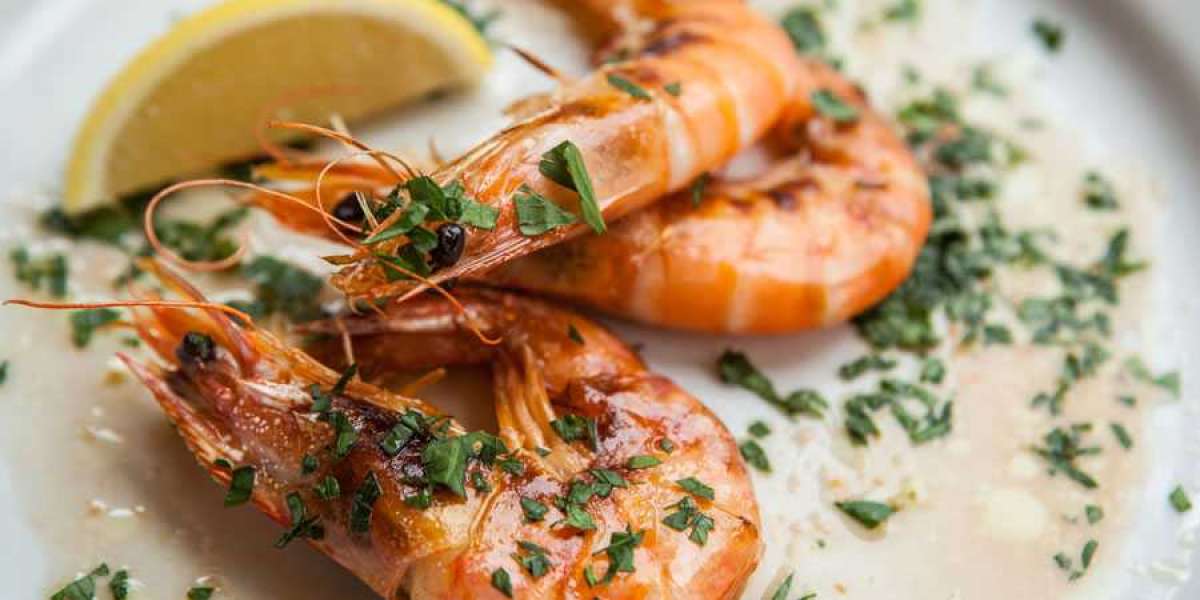In recent years, the focus on sustainable seafood has grown as environmental concerns about overfishing, habitat destruction, and marine pollution have become more pronounced. Choosing seafood from sustainable sources is crucial for protecting our oceans and ensuring that future generations can enjoy a healthy marine ecosystem. But what exactly makes seafood sustainable, and which sources are the best? This article explores the key factors that define sustainable seafood and highlights some of the top choices for eco-conscious consumers.
Understanding Sustainable Seafood
Sustainable seafood comes from fishing practices or aquaculture operations that do not harm the marine environment or deplete fish populations faster than they can replenish. Sustainable seafood practices aim to maintain fish stocks at healthy levels, minimize bycatch (the capture of unintended species), and reduce environmental impacts such as habitat destruction and pollution.
To identify sustainable seafood, look for certifications from reputable organizations, such as the Marine Stewardship Council (MSC) and the Aquaculture Stewardship Council (ASC). These certifications ensure that the seafood has been harvested or farmed according to strict environmental and social standards.
Top Sustainable Seafood Choices
1. Alaskan Salmon
Alaskan salmon is often considered one of the best choices for sustainable seafood. The fisheries in Alaska are managed under strict regulations that ensure healthy fish populations and minimal environmental impact. Alaskan salmon is typically wild-caught, which reduces the risks associated with farmed fish, such as disease and habitat destruction. Look for the MSC certification to confirm that the salmon has been sustainably sourced.
2. Pacific Sardines
Pacific sardines are another excellent option for sustainable seafood. These small fish are abundant in the Pacific Ocean, and their populations are well-managed. Sardines are also a highly nutritious choice, rich in omega-3 fatty acids, vitamin D, and calcium. The low position of sardines in the food chain means they are less likely to accumulate toxins, making them a healthy and eco-friendly choice.
3. Mussels
Mussels are an example of a sustainable seafood choice from aquaculture. They are farmed using methods that have minimal impact on the environment. Mussel farming does not require feed inputs or antibiotics, and it can even improve water quality by filtering out excess nutrients. Look for mussels with the ASC certification to ensure they come from responsible farming practices.
4. U.S. Farmed Tilapia
Tilapia farmed in the United States is a sustainable choice due to the country's rigorous aquaculture standards. U.S. farmed tilapia is produced in systems that are designed to minimize environmental impacts, such as water pollution and habitat destruction. These farms also adhere to strict animal welfare standards, ensuring that the fish are raised in healthy conditions.
5. Oysters
Like mussels, oysters are another seafood option that benefits from sustainable farming practices. Oyster farms are typically low-impact operations that use natural processes to filter water and improve ecosystem health. Additionally, oysters are an excellent source of protein, vitamins, and minerals. When purchasing oysters, look for those with ASC or other credible sustainability certifications.
6. Rainbow Trout
Rainbow trout is a freshwater fish that is often farmed in the United States and other regions with strong environmental regulations. Sustainable trout farms use practices that reduce pollution and minimize their impact on natural habitats. This fish is a good choice for those seeking a high-quality, eco-friendly seafood option.
Avoiding Unsustainable Seafood
To make informed choices, it's also important to be aware of seafood sources that are considered unsustainable. Overfished species, such as bluefin tuna and some shark species, are at risk due to excessive fishing pressures and long recovery times. Seafood from poorly managed fisheries or farms that do not follow environmental standards can contribute to habitat destruction, pollution, and the decline of marine species.
How to Make Sustainable Seafood Choices
When shopping for seafood, consider the following tips to ensure you're choosing sustainable options:
- Check for Certifications: Look for labels from reputable certification organizations like the MSC and ASC. These certifications indicate that the seafood meets high environmental and social standards.
- Consult Seafood Guides: Many organizations, such as the Seafood Watch program by the Monterey Bay Aquarium, provide up-to-date guides on sustainable seafood choices. These guides can help you identify which species and sources are best for the environment.
- Ask Questions: When dining out or purchasing seafood from a market, ask questions about the source of the seafood. Responsible sellers and restaurants should be able to provide information about their sustainability practices.
- Diversify Your Choices: By choosing a variety of sustainable seafood options, you can help reduce pressure on any single species and support a more balanced marine ecosystem.
Conclusion
Sustainable seafood is vital for preserving the health of our oceans and ensuring that seafood remains a viable resource for future generations. By choosing seafood from sources like Alaskan salmon, Pacific sardines, mussels, U.S. farmed tilapia, oysters, and rainbow trout, consumers can enjoy delicious and nutritious meals while supporting environmentally responsible practices. Avoiding unsustainable options and staying informed about seafood sourcing can further contribute to the health of our marine ecosystems. By making thoughtful choices, we can all play a part in promoting a more sustainable and balanced ocean environment.
For more info: Friend of The Sea




